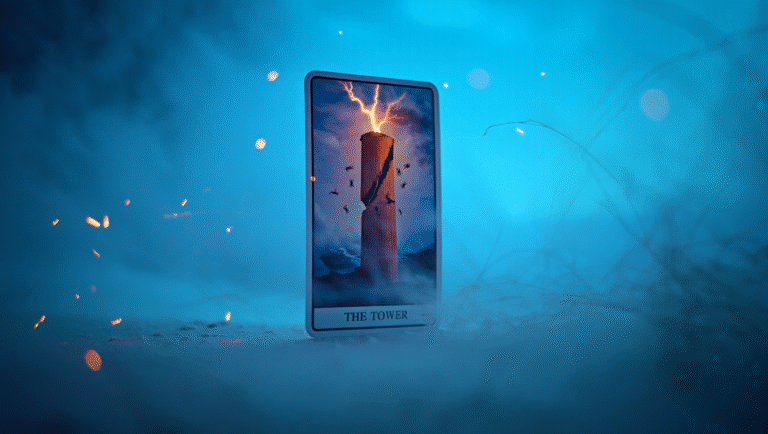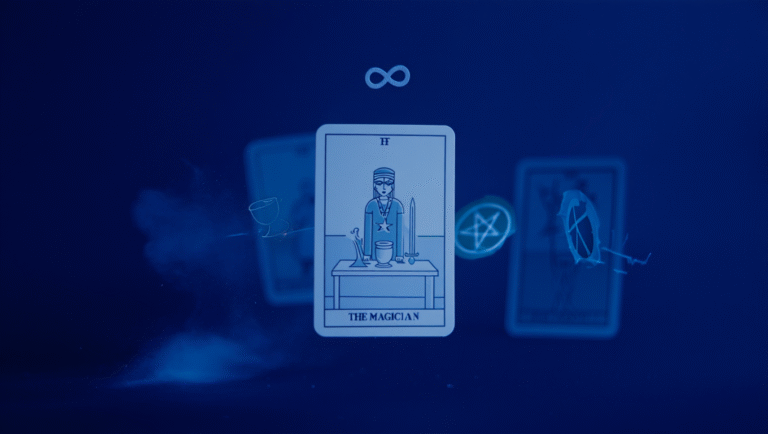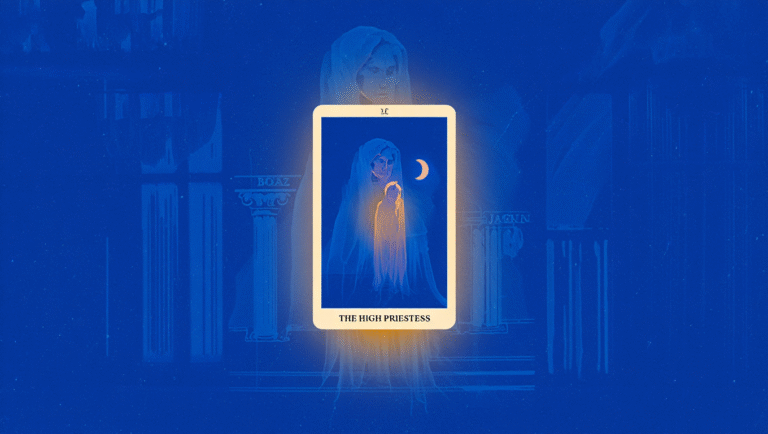How to Read Tarot Spreads at Home
Ever looked at a tarot deck and thought, “Where do I even start with these cards?” You’re not alone. Tarot can feel mysterious (and, let’s admit, a little intimidating), but learning to read simple spreads at home is more practical and rewarding than you might expect.
Whether you want quick clarity or a mindful moment before your workday, you don’t need years of study—or a velvet robe—to benefit from this tool. Let’s break down how to read tarot spreads for beginners, what you’ll need, and which decks are actually worth your money (without the woo-woo fluff).
Why Try Tarot at Home?
Here’s the reality: tarot isn’t just for professional readers or fortune tellers. It’s a way to pause, reflect, and gain perspective—something most of us could use more of. Plus, it’s accessible, fun, and can fit into a busy schedule. No incense required (unless you want it).
“Tarot is less about predicting the future and more about understanding the present.”
Case Study: The 15-Minute Morning Spread
Let’s say you want to check in with yourself before a big day. You’ve got 15 minutes before emails start rolling in. Here’s how a simple three-card spread can help:
- Card 1: What energy am I bringing today?
- Card 2: What should I focus on?
- Card 3: What’s a potential challenge?
Pulling these cards can offer a little insight—and sometimes, a reality check—before you dive into your to-do list.
What You Need (and What You Don’t)
- A tarot deck: Any will do, but some are friendlier for beginners. More on that below.
- A quiet-ish space: Your kitchen table works. No need for a crystal cave.
- 5-15 minutes: That’s it. Set a timer if you’re short on time.
- Optional: A notebook for reflections, a cup of tea, maybe a candle for ambience.
You do not need:
- Special psychic powers
- Expensive accessories
- Years of study
Step-By-Step: How to Read a Tarot Spread at Home
1. Choose Your Spread
Start simple. The most common beginner spreads are:
- One-Card Pull: For a daily theme or quick check-in.
- Three-Card Spread: Covers past/present/future, or situation/action/outcome.
- Five-Card Cross: Adds depth to your reading, but still manageable.
Example: The Classic Three-Card Spread
- Shuffle your deck while thinking of your question or intention.
- Cut the deck (or not—up to you).
- Lay out three cards in a row.
- Assign positions: Past – Present – Future, or Situation – Advice – Outcome.
- Flip each card and note your gut reaction first.
- Refer to your guidebook for traditional meanings, but trust your intuition.
- Jot down any thoughts or patterns you notice.
2. Interpret With Honesty
Keep it real. Tarot isn’t about sugarcoating or doom and gloom. What’s the card actually suggesting, and how does it connect to your real situation?
- If you pull “The Tower,” don’t panic. Ask: Where am I resisting change?
- If you pull “The Sun,” celebrate. What’s working well right now?
Use a combo of guidebook meanings and your own logic. No need to memorize all 78 cards—just start with the basics.
3. Wrap Up and Reflect (2-5 minutes)
Take a minute to write down your takeaways, or just sit with the cards in silence. See if any ideas or solutions pop up. Sometimes, the best insights come after you put the cards away.
Best Tarot Decks for Beginners (with Honest Pros & Cons)
Not all decks are beginner-friendly. Some have confusing artwork or cryptic symbols. Here are three solid picks you can find on Amazon, with honest feedback:
| Name | Key Feature | Size/Material | Price Range | Amazon Link |
|---|---|---|---|---|
| Rider-Waite Tarot | Classic, clear images, best for learning | Standard, matte cardstock | $18–$25 | Check price on Amazon |
| Modern Witch Tarot | Diverse, modern art, inclusive | Sturdy, glossy finish | $20–$30 | See today’s deal |
| Light Seer’s Tarot | Uplifting, intuitive images | Large cards, smooth shuffle | $22–$35 | Check on Amazon |
- Rider-Waite: For absolute beginners. Some say the art is dated, but every other deck references it.
- Modern Witch: Great if you want a more diverse, contemporary vibe. Slightly larger, so not for small hands.
- Light Seer’s: Intuitive and beautiful. Better for those who like a positive, emotional approach.
Quick Reference: 15-Minute Tarot Setup
- Find a quiet spot. (Kitchen table, bed, even your car at lunch.)
- Set a timer for 15 minutes.
- Shuffle the deck as you think of your question.
- Lay out your spread (one, three, or five cards).
- Note your gut reaction to each card.
- Check guidebook for meanings. Don’t overthink it.
- Write down one main takeaway.
- Put the cards away. Done!
Handy Tools & Resources
- Biddy Tarot – Free card meanings and beginner guides
- Labyrinthos – Interactive tarot app and cheat sheets
- Amazon Tarot Decks – Quick delivery, tons of options
For Who Is This?
- Busy professionals who want a mindful check-in
- Absolute beginners curious about tarot
- Anyone who likes structure, reflection, and a tiny dash of mystery
Not ideal for: People expecting magical answers or who dislike journaling/thought exercises.
Checklist: Your First Home Tarot Reading
- Pick your deck (see table above)
- Find a quiet spot
- Decide your question or focus
- Shuffle and pull your cards
- Interpret (don’t stress accuracy!)
- Reflect for 2-5 minutes
Tip: Don’t get stuck on “doing it right.” The real magic is in taking time to know yourself.
If you’re ready to experiment, grab a deck and a notebook, set your timer, and dive in. Tarot is a tool—not a test—and you’re allowed to have fun with it.
Some links in this post may be affiliate links. You don’t pay more, but this blog could earn a small commission to support more guides like this.
Статья завершена.




